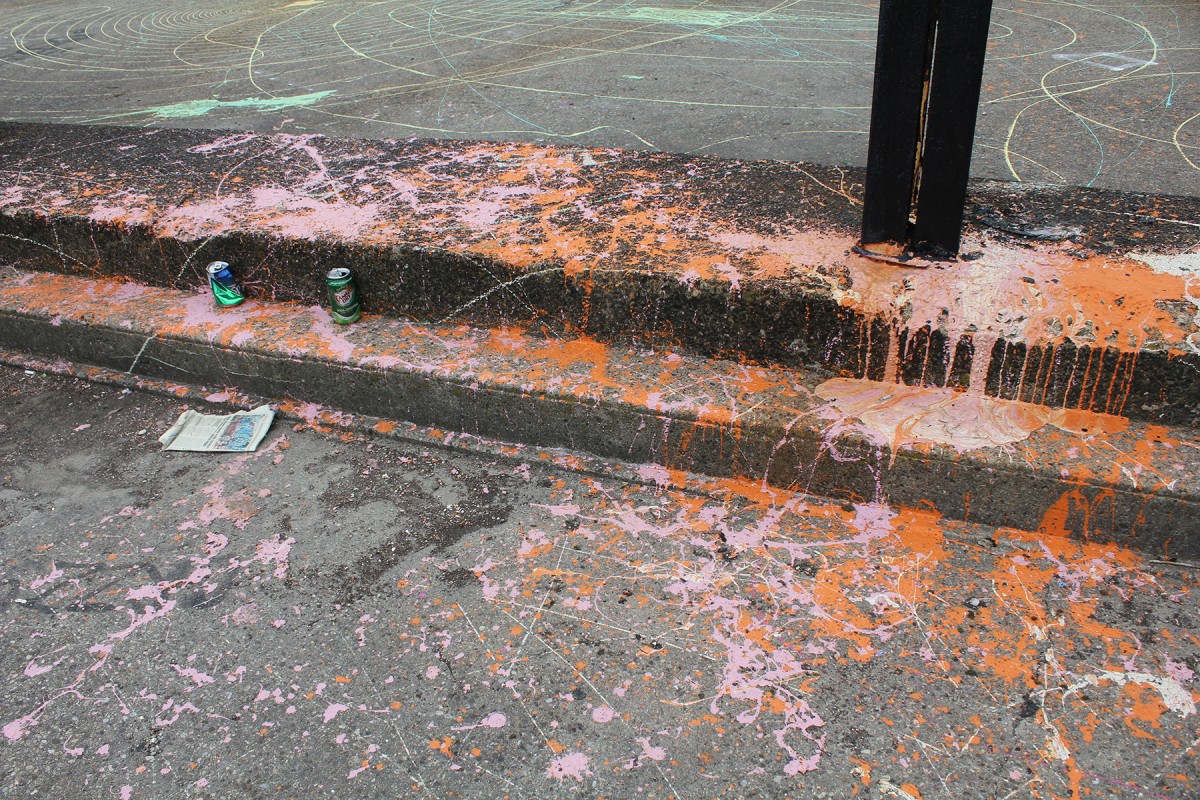Luis Jacob
Artist Luis Jacob maps out Toronto’s conflicting narratives

Luis Jacob, Ossington Avenue, 2019. Toronto.
Peruvian-born artist, writer, educator and curator Luis Jacob has called Toronto his home since first immigrating here in 1981 with his family. For the past five years, his work has primarily focused on highlighting the narratives of place, unraveling the stories, images or myths that allow us to understand — or misunderstand — this place we call Toronto. He takes a deep look into how narratives inform the ways we define places and spotlights the many contrasting perceptions of a singular place.
For Jacob, Toronto is a city where the very question of “place” is fraught with tensions. Like the rest of the Americas, the city is the product of colonial relations between settlers and First Nations peoples. At the same time, considered to be among the most multicultural cities in the world, Toronto's culture is informed by British traditions that are constantly being reshaped by immigrants.
His work on places has been recognized internationally, with exhibitions in Germany, the United States and Italy. In 2016, he curated the exhibition Form Follows Fiction: Art and Artists in Toronto at the Art Museum at the University of Toronto. He also authored the exhibition catalogue, which was co-published by Black Dog Press in 2020.
AGO: What was the inspiration for this artwork or series?
Jacob: I am inspired by people who are attuned to contradictions. Fifty years ago, for instance, Jane Jacobs described Toronto as a place divided. “Toronto has a split personality,” she said, “a civic schizophrenia. On the one level, there is the spirit of individuals and small groups who do things — what one might call the vernacular spirit. This is all very informal, ingenious, quite romantic and full of fun. It seems to me that the official spirit of Toronto is to stamp out fun: pompous, impressed with mediocrity if it is very, very big and expensive.” More recently, in 2010, Dionne Brand also portrayed a place at odds with itself. “I find Toronto in a standoff,” she wrote, “the standoff between those who run it and those who live in it. There is a failure of those who rule to truly acknowledge those who live in the city as anything more than the projections of their own fears… There is a city here waiting to be imagined.” I am inspired by these observations, made by two women living in Toronto at quite different moments in time.
AGO: Tell us about a place or a space where you most love making your work?
Jacob: My recent work attempts to depict a city that is perhaps as much feared as loved. Photographs of Toronto's downtown streetscapes reveal underlying tensions: a place negotiating its ongoing erasure dictated by the powers-that-be; as well as a city deftly recreating itself on the basis of its own proliferating diversity. This city often seems intent to erase itself, bulldoze its landmarks, and bring the weed-whackers as soon as clusters of life assert themselves on hard pavement. As an artist, I find it most productive to bend the gaze away from official landmarks. Toronto is a city best depicted by looking in the wrong direction.
AGO: Are you in dialogue with any other artists or creative peers about your practice? If so, how does this dialogue feed your work?
Jacob: I love the work of Greg Curnoe, an artist who taught me the importance of paying attention to one's surroundings. I also love the writing of Dionne Brand, an author who is deeply attuned to the urban environment. Like others, she describes Toronto as a place defined by immigrants. "Name a region on the planet," she writes, "and there’s someone from there, here." But then she makes a very original observation. She notices people rub against each other here. Toronto becomes a place where people are sandpapered together. The city's residents overspill, and thus we transform each other. "All the lives they’ve hoarded," she continues, "all the ghosts they've carried, all the inversions they've made for protection, all the scars and marks and records for recognition—the whole heterogeneous baggage falls out with each step on the pavement. There’s so much spillage." I want to depict both the erasures and the spillages of this city that is my home.
Follow Luis Jacob @towardsatheory


